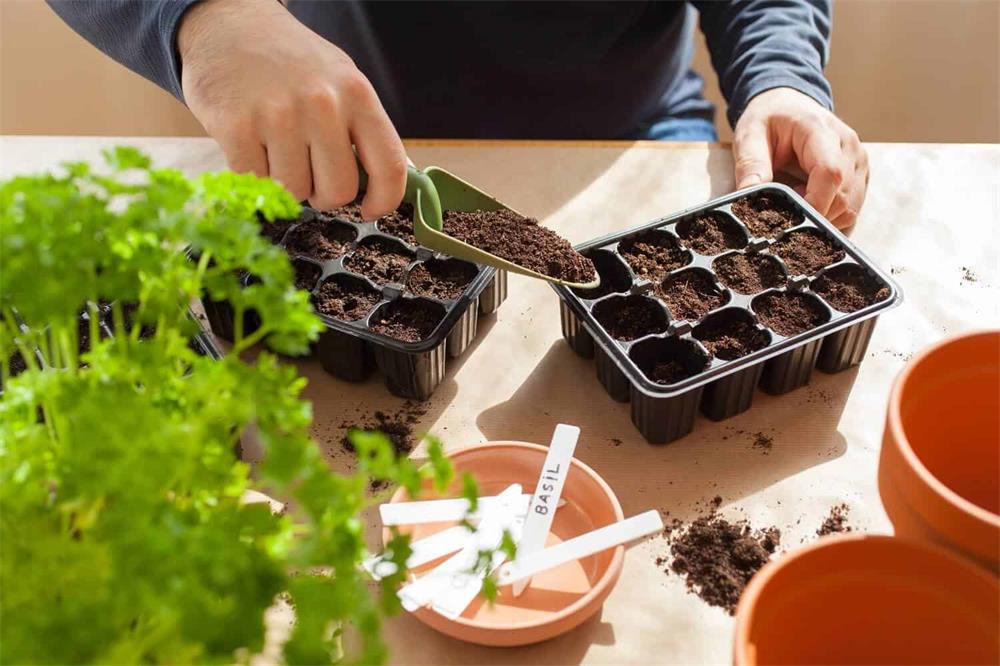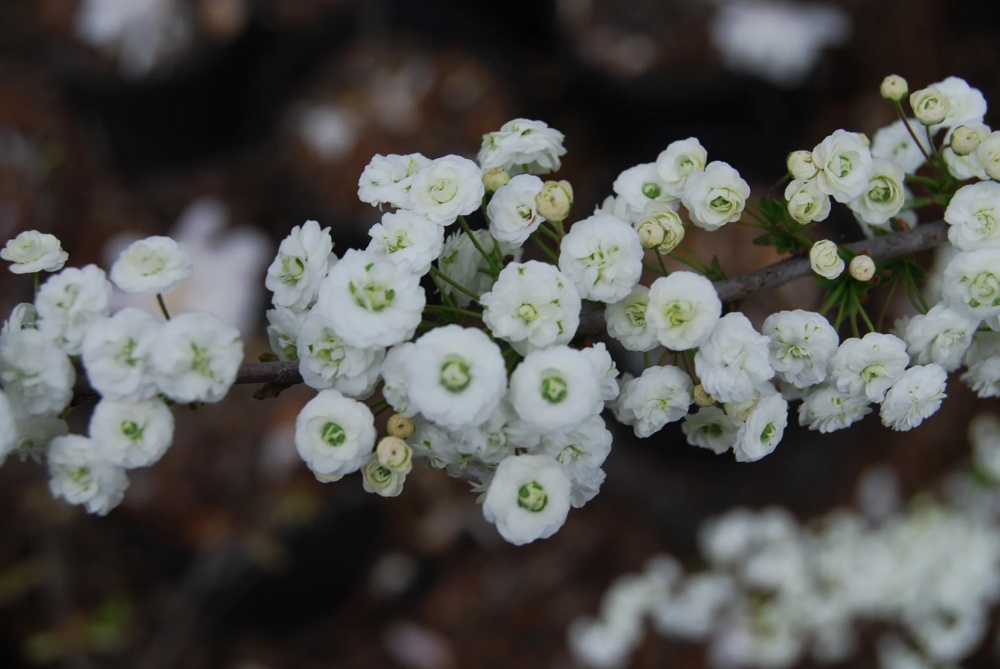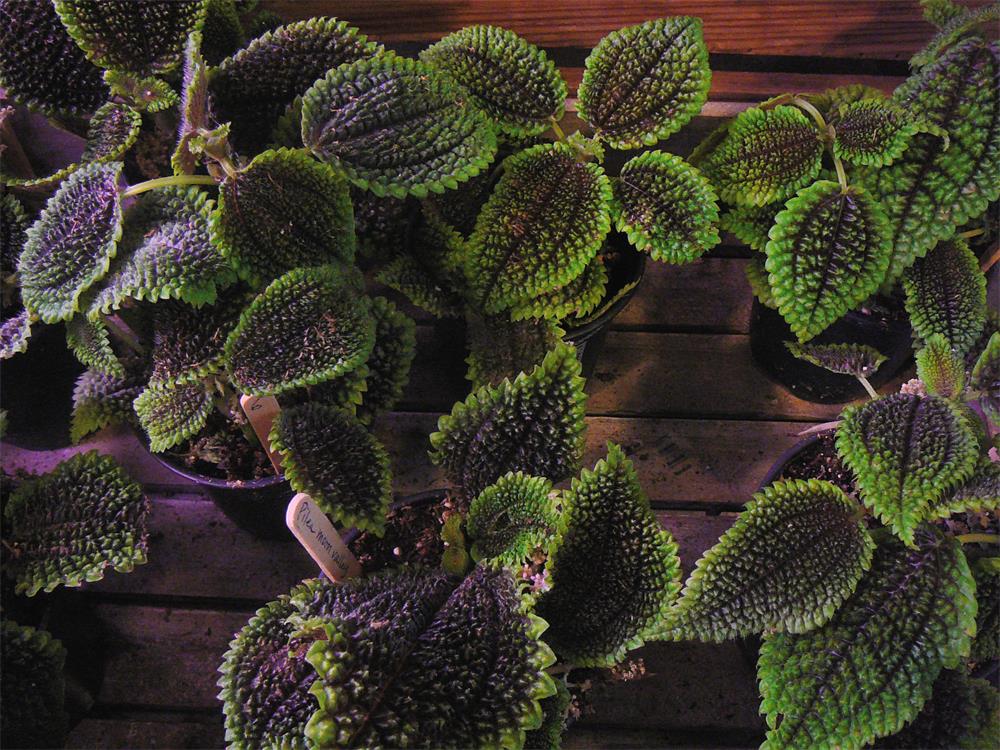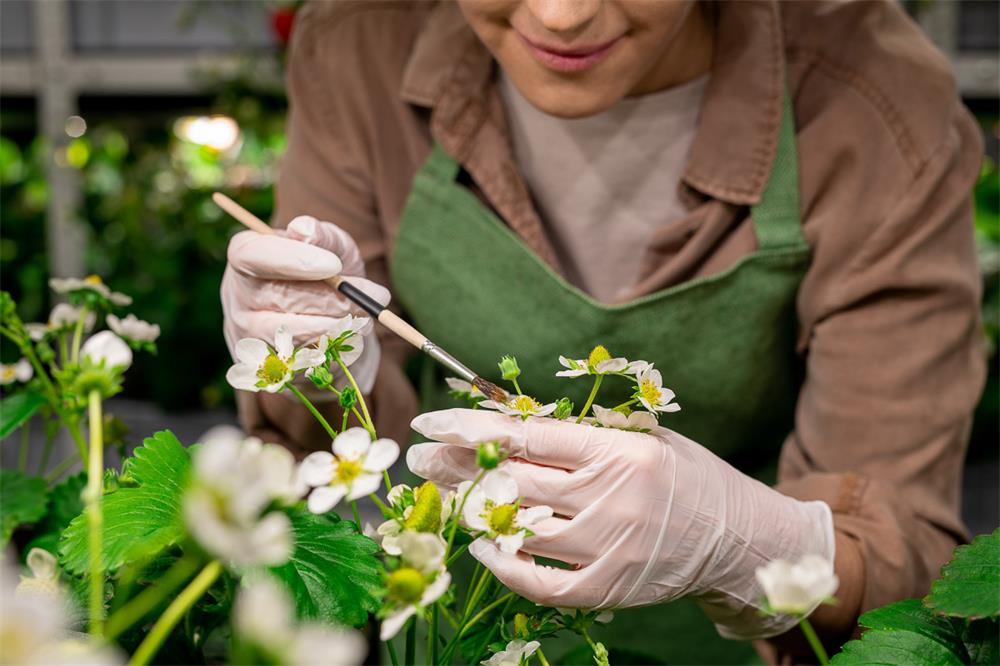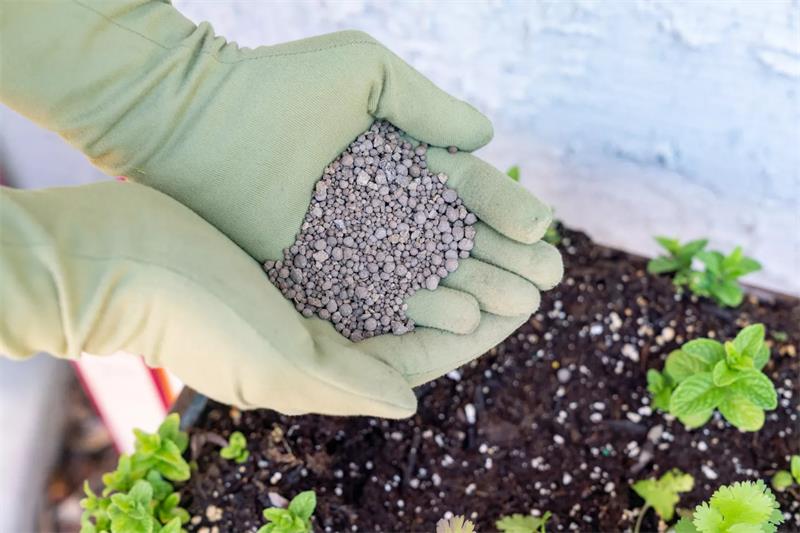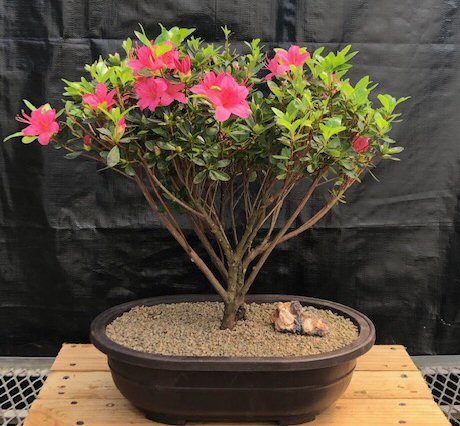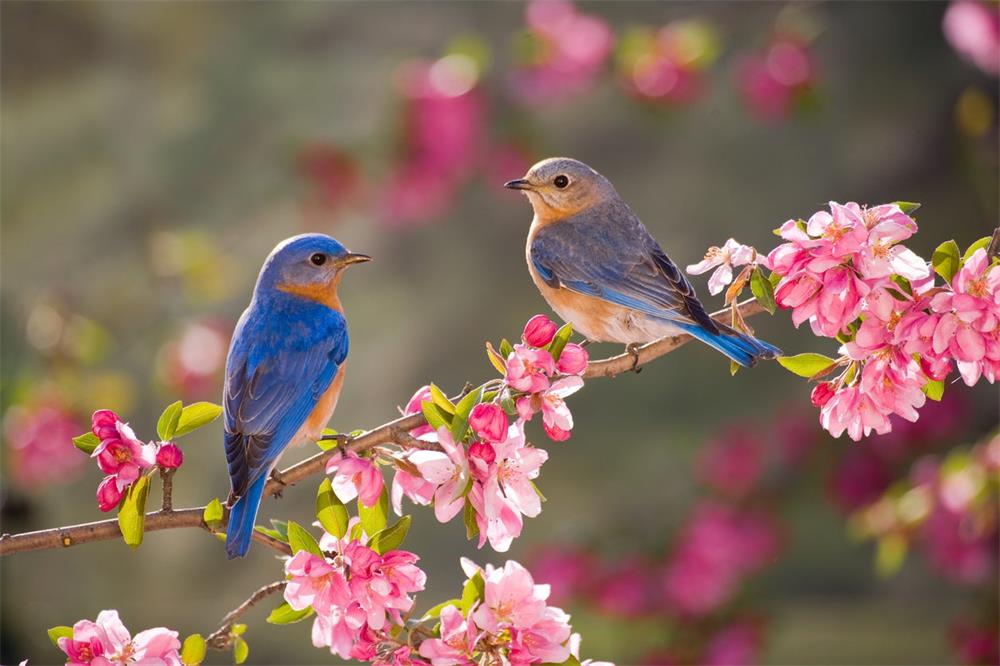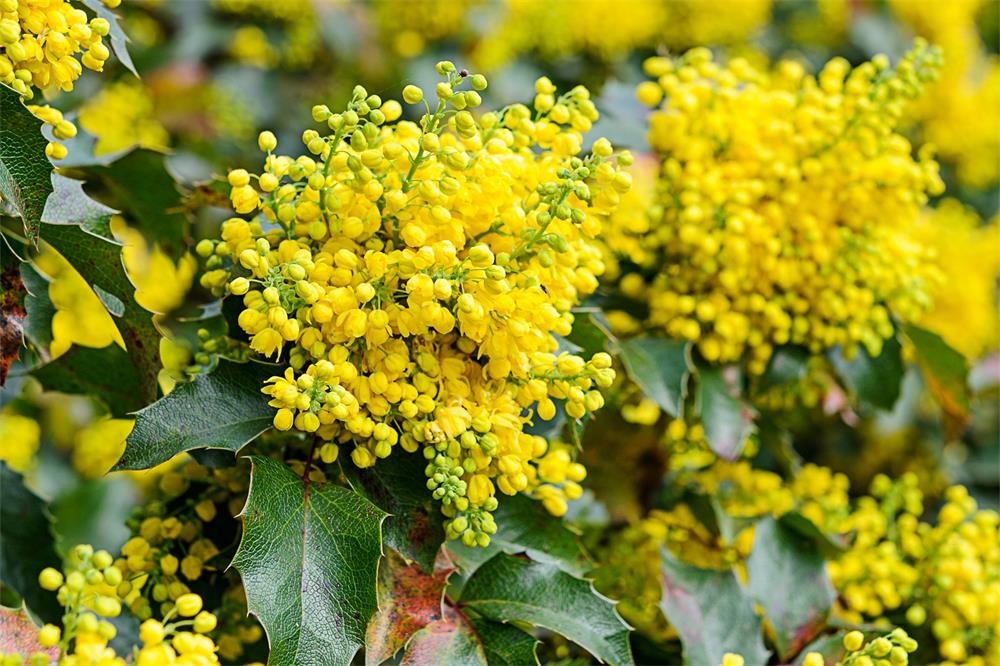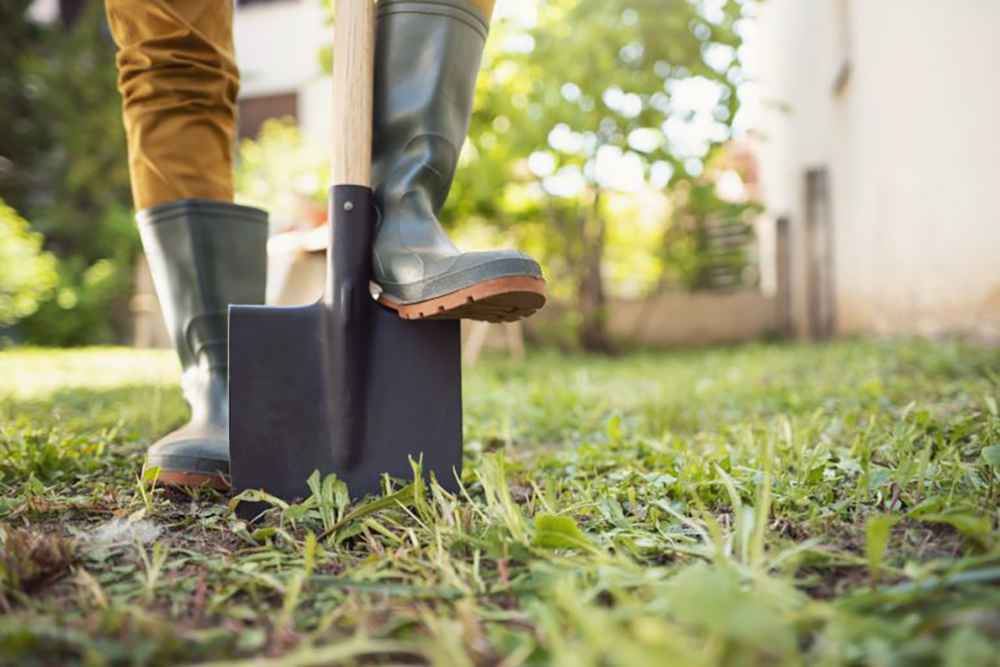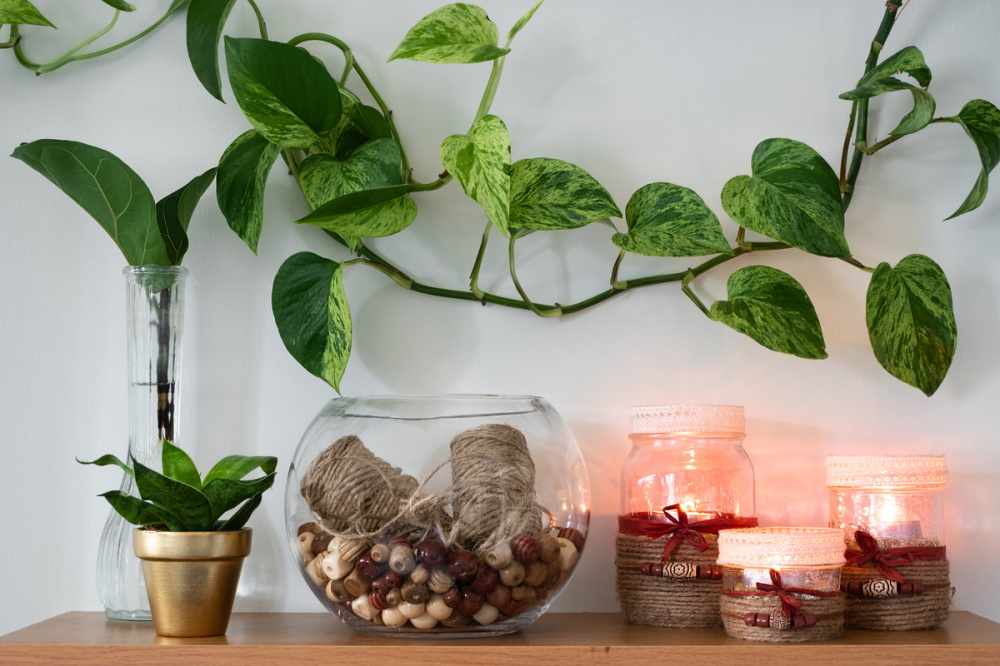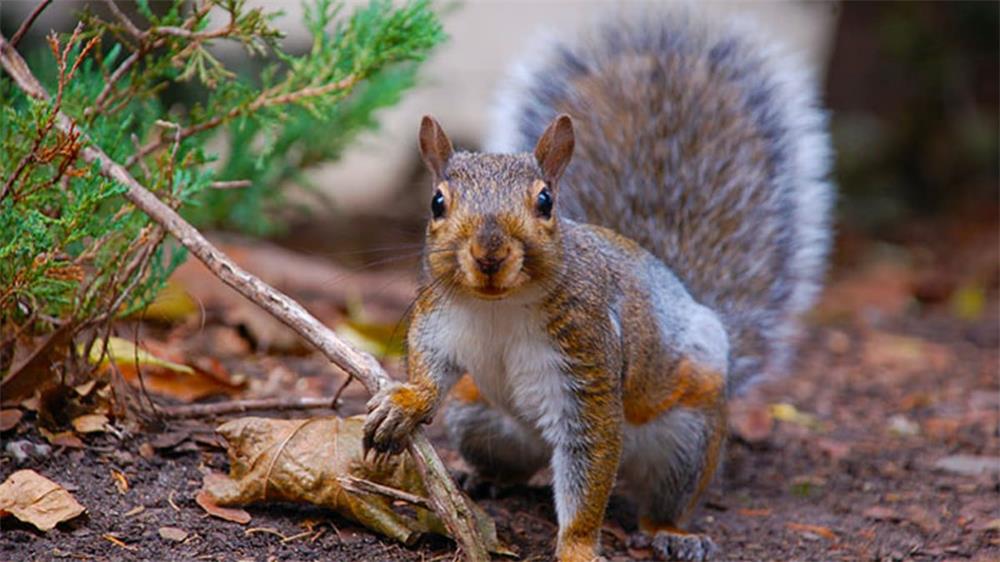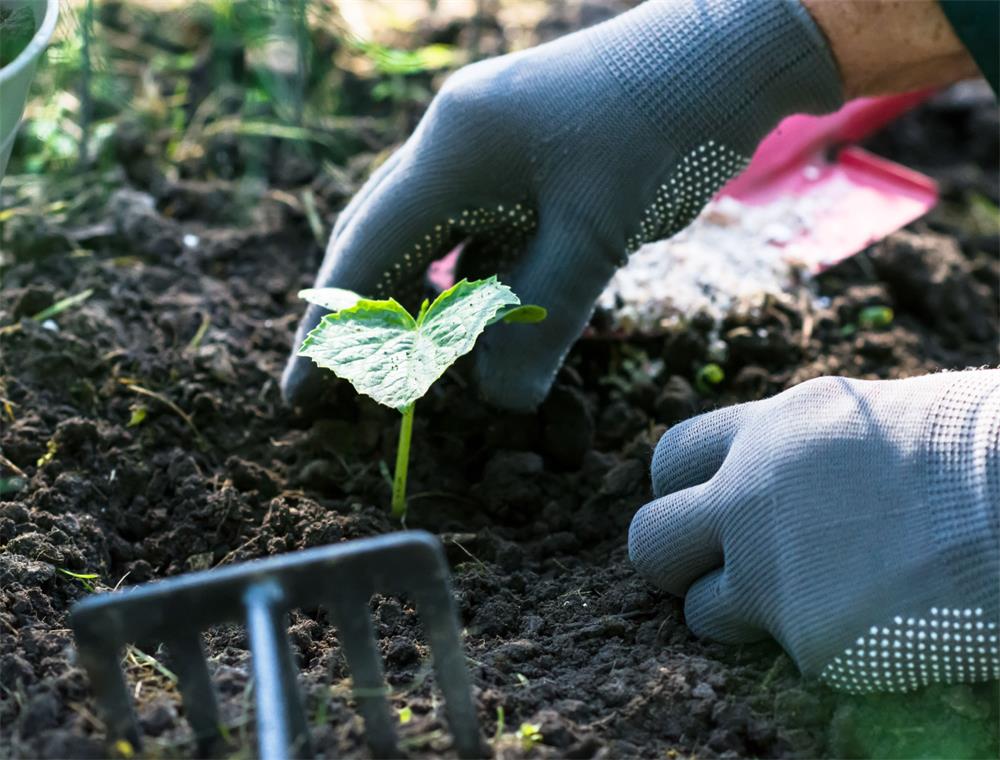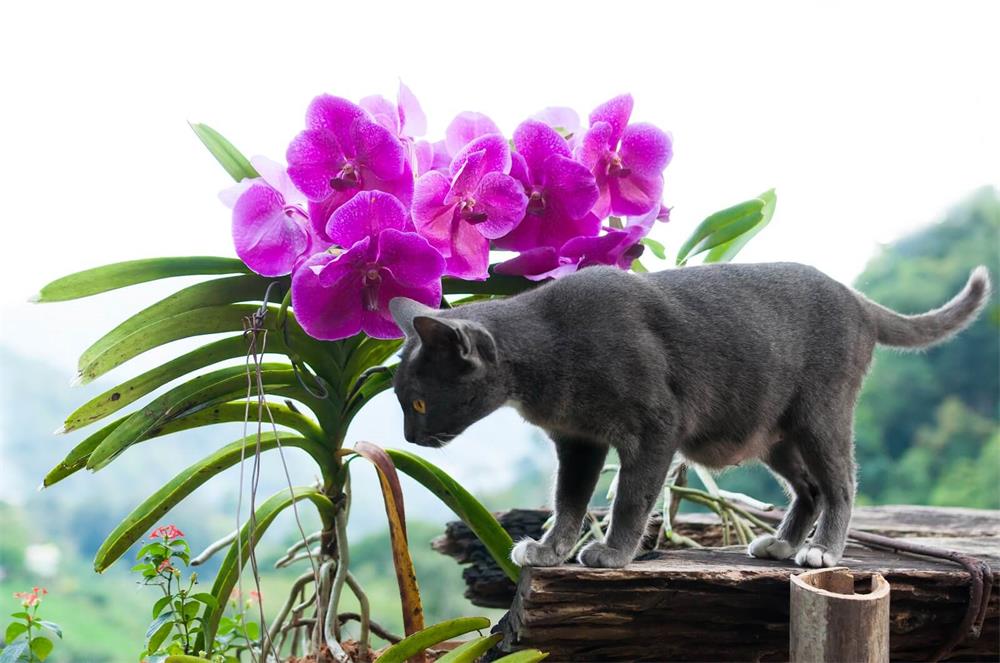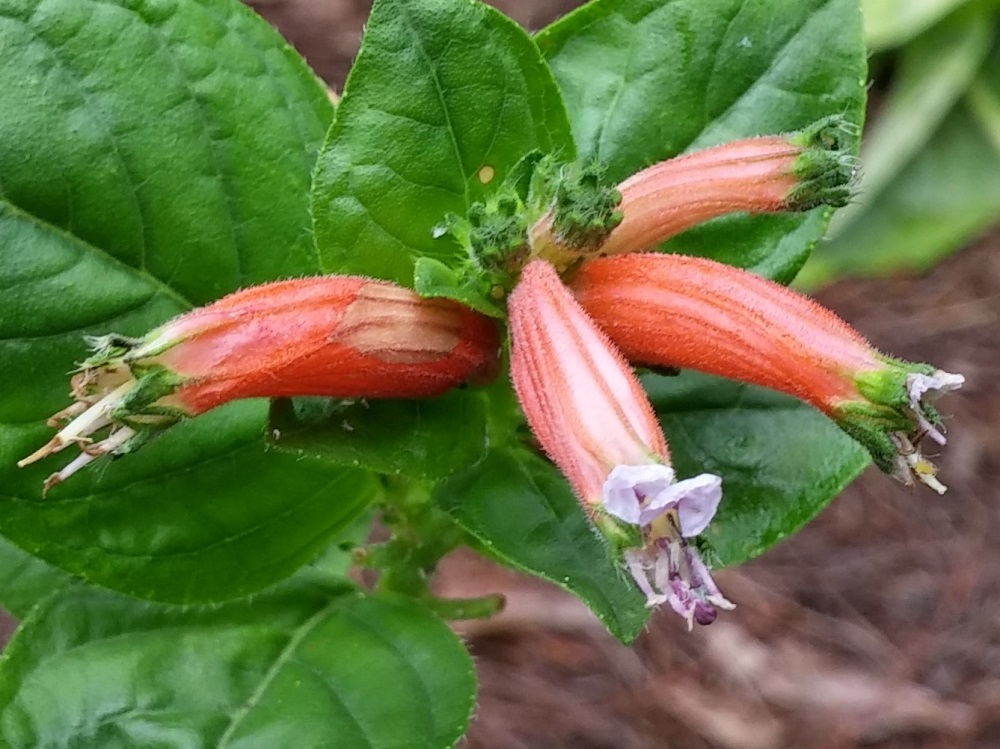
Table of Contents
Cigar plants (Cuphea ignea) are tropical evergreen shrubs that produce bright red flowers with white and black tips that resemble lit cigars. They are also known as Mexican cigar plants, firecracker plants, or cigar flowers. They are native to Mexico and Jamaica, where they grow in moist and warm habitats.
Cigar plants are attractive to butterflies, hummingbirds, and other pollinators, and they can bloom almost year-round in hot regions. They are usually grown as annuals in cooler zones, but they can also be overwintered indoors or grown as houseplants. They are easy to care for and add a splash of color to any garden or container.
Care
Cigar plants prefer a sunny or partly shaded location, with at least six hours of direct sunlight per day. They can tolerate some shade, but too much shade can cause them to become leggy and produce fewer flowers.
They thrive in fertile, moist, and well-drained soil that is slightly acidic to neutral. They can adapt to different soil types, such as loamy, clay, or sandy soils. They need regular watering, especially during hot and dry periods. They should not be allowed to dry out completely, but they should also not be overwatered, as this can cause root rot.
Cigar plants benefit from regular fertilizing during the growing season. A balanced liquid fertilizer applied every two weeks can help them produce more flowers and foliage. Alternatively, a slow-release granular fertilizer can be applied at the beginning of the season.
Pruning
Cigar plants have a compact and bushy habit that does not require much pruning. However, they can be pinched back occasionally to encourage branching and prevent them from becoming too tall or leggy¹².
Pruning can also be done in late winter or early spring to remove any dead or damaged stems and to shape the plant. Cigar plants can tolerate a light frost, but they should be protected from hard freezes by covering them with a frost cloth or moving them indoors.
Propagating
Cigar plants can be propagated by seeds or cuttings. Seeds can be sown indoors in late winter or early spring, or outdoors after the last frost. They should be lightly covered with soil and kept moist and warm until they germinate. Seedlings can be transplanted outdoors when they are about 4 inches (10 cm) tall and after the danger of frost has passed.
Cuttings can be taken from healthy stems in late spring or summer. They should be about 4 to 6 inches (10-15 cm) long and have several leaves. The lower leaves should be removed and the cut end should be dipped in rooting hormone. The cuttings can then be inserted in a moist potting mix or water until they root. They can be potted up individually when they have enough roots and grown indoors until the next spring.
Growing From Seed
Cigar plants can be grown from seed indoors or outdoors. To grow them indoors, sow the seeds in pots or trays filled with a moist seed-starting mix in late winter or early spring. Place them in a warm and bright location, such as a windowsill or under grow lights. Keep the soil moist but not soggy until the seeds germinate, which can take two to four weeks.
Thin out the seedlings when they have two sets of true leaves, leaving about 4 inches (10 cm) of space between them. Transplant them into larger pots when they outgrow their containers and fertilize them every two weeks with a diluted liquid fertilizer. Harden them off gradually before planting them outdoors after the last frost.
To grow them outdoors, sow the seeds directly in the garden after the last frost, when the soil has warmed up. Choose a sunny or partly shaded spot with well-drained soil and sprinkle the seeds lightly over the surface. Cover them with a thin layer of soil and water them gently. Keep the soil moist until the seeds germinate and thin out the seedlings to about 12 inches (30 cm) apart when they have two sets of true leaves.
Growing in Pots
Cigar plants are ideal for growing in pots, as they have a compact size and a long flowering period. They can add a touch of tropical flair to any patio, balcony, or terrace. They can also be grown indoors as houseplants if they receive enough light and humidity.
To grow cigar plants in pots, you will need the following:
- A pot with drainage holes and a saucer
- A potting mix that is moist, well-drained, and fertile
- A slow-release granular fertilizer
- A sunny spot that gets at least six hours of direct sunlight or bright indirect light
- A pair of scissors or pruners for pinching and grooming
Steps:
- Fill the pot with potting mix and leave some space at the top for watering.
- Plant the cigar plant in the center of the pot and press the soil gently around the roots.
- Water the plant thoroughly and let the excess water drain out of the saucer.
- Apply a slow-release granular fertilizer at planting time according to the label directions.
- Place the pot in a sunny spot that gets at least six hours of direct sunlight or bright indirect light. If you are growing it indoors, you may need to supplement it with artificial light if the natural light is not enough.
- Water the plant regularly when the top 1 to 2 inches of soil begins to dry. Do not let the soil get too soggy or too dry.
- Pinch off any leggy stems during the growing season to maintain a rounded and bushy shape. You can also trim off any faded or damaged flowers to encourage more blooming.
- Enjoy the colorful and long-lasting flowers that attract hummingbirds, butterflies, and other pollinators.
Tips:
- Cigar plants are somewhat drought resistant and have few insect or disease problems.
- Cigar plants are tender perennials that can survive year-round in zones 10 to 12. In colder zones, you can either treat them as annuals or bring them indoors before the first frost and keep them in a bright and warm spot until spring.
- Cigar plants are not intended for human or animal consumption.



